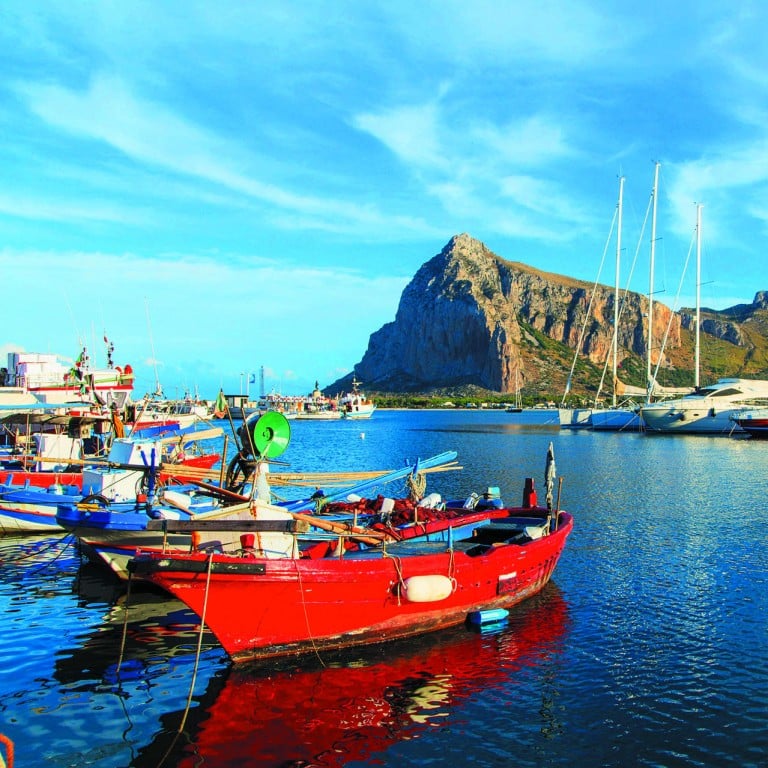Cities rarely visited by tourists are gaining popularity with luxury travellers

Rome - check. Paris - check. Tokyo - check. New York - check. Cape Town and Buenos Aires - check. Even going to the moon with Richard Branson - check.
Luxury travel has centred on famous cities and of course the various well-represented - and known - experiences people squeeze into their bucket lists. They, of course, have been getting better and better, but the more sophisticated traveller is hunting for something somewhat unexpected that these "tourist icons" couldn't offer - even if they tried very hard. And so there is a rise of alternative cities now offering something different, yes luxurious, but also utterly surprising.
But where did it all begin? Perhaps this new gesture has started with people moving out of these "famous cities". All this movement to "secondary cities" means these newly found cities are gaining attention and, naturally and organically, finding love in new ways.
We can, thus far, credit America for starting the trend. More people are moving out of New York and Illinois than are moving in, according to the annual list compiled by United Van Lines, a moving company that has put together an annual survey of where Americans have been moving for the past 38 years.

Oregon, with Portland's appeal of walkable neighbourhoods, public transport and cuisine, is at the top of the moving-in list. Next on the list is South and then North Carolina with cities such as Charleston, Greenville and Asheville receiving the love. And with this movement has come tourism too.
It is Richard Florida, urban studies theorist, who makes the most compelling case for "quality of place" and the three T's of economic development - technology, talent and tolerance - in his book . He says: "Independently minded, innovative, creative people, who value lifestyle, are looking at a handful of alternative cities. They're after a new way of living that embodies true quality."
And so these people move to secondary cities and open coffee shops, great dining, craft stores, and it follows that exclusive experiences start to appear because these cities have never had it - opportunities for travellers seeking something "unfound" seem endless now.
This is the urban shake-up of our era - seekers call and alternative cities respond. Thomas Woltz, owner of Nelson Byrd Woltz Landscape Architects, sees alternative cities globally as the future of innovative development, and that this trend will just continue to expand to more places and bring people who will both live there and come to visit. "I respond intuitively to the authentic grit that places like Birmingham, Nashville, Louisville and New Orleans share and like their bold experimentation in food, hospitality and art, allowing these cities to flourish," he says.
